- Learning time
- 10 minutes
- First play time
- 60 minutes
Century: Spice Road / Century: Golem Edition
Designed by: Emerson Matsuuchi
Century: Spice Road and Century: Golem Edition have different components, but are underneath the surface the same game. We are describing and picturing the Golem edition here.
This is a fast-moving game of upgrading crystals, and cashing them in for points. Each player is has a caravan card that will hold ten such crystals, and you begin with a small number of yellow crystals in your possession, plus two cards: one can be played for more crystals, the other can be played to upgrade what you have: the most-valued crystal is magenta, below that blue, below that green, and yellow at the bottom of the ladder.
Turns are very simple: your have four possible actions, and choose one:
Play a card from your hand. Cards reward you with crystals or the capacity to upgrade crystals in your possession, but when a card is played it sits on the table, temporarily unavailable to you.
Take a card from the Market: there are always six-face up cards on the table available – the left-most is free to take, but if you want to take any other card you must place a crystal on every card to the left of it in the market. If you pick up a card with crystals on it, you keep the crystals too! When a card is taken, the market slides to the left and a new card fills the empty space on the right.
Fulfil a demand: there are always five Demand Cards showing, and to claim one you simply need to pay the crystals on the card. Each card shows how many points it grants you. When a demand card is taken, a new one is added to the display.
Finally, you can rest: doing nothing productive, but taking all previously-played cards back into your hand. Although this can feel like a missed-turn, the timing of it can be crucial because the real challenge of Century is getting cards from the market that synergise in some way – picking up randomly might feel nice in the short term, but it’s no route to victory.
This continues until one player had claimed six Demand Cards, at which point the end-game is triggered and the current round is played to its conclusion. Players count up the points on their Demand Cards, a point for any non-yellow crystal in their caravan, and most points is the winner!
Joe says
This I found to be a pretty bland half hour of pushing cubes about, albeit with cute little bowls to hold the cubes.
The guru's verdict
-
Take That!
Take That!
Very little, though it's possible to be beaten to the punch on a Demand card and left with the 'wrong' coloured crystals. But everyone's crystals are open information, so it's not an overarching element of the game.
-
Fidget Factor!
Fidget Factor!
Low. Century plays very fast.
-
Brain Burn!
Brain Burn!
Rules are light, and the goal is straightforward: get the right crystals to grab the Demand Cards.
-
Again Again!
Again Again!
Both Demand and Market cards have a nice chunky deck, so although the game's flavour always has a similar 'race' feeling, the finer details do change from game to game.

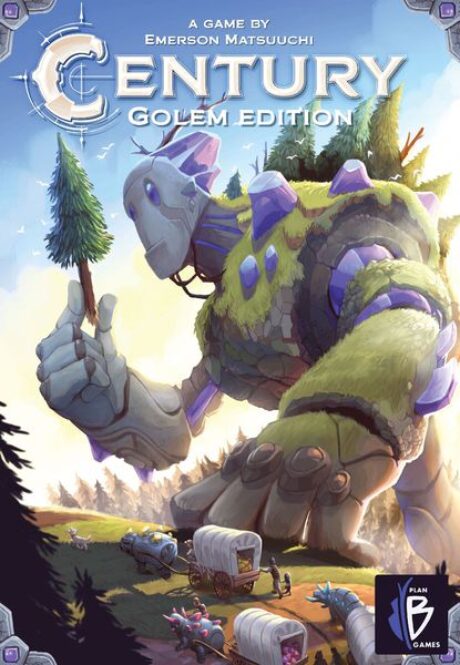


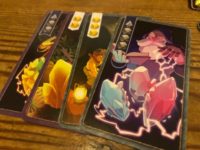



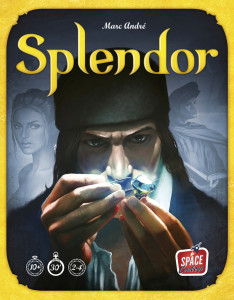
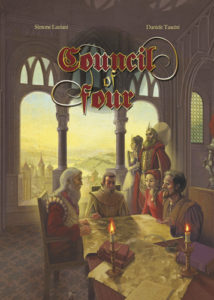
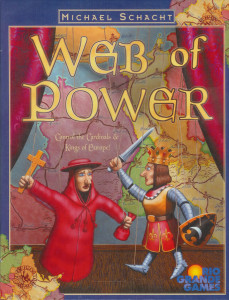
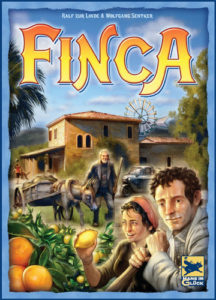
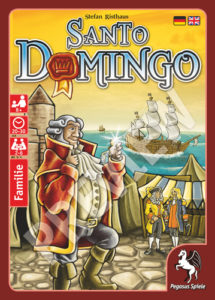
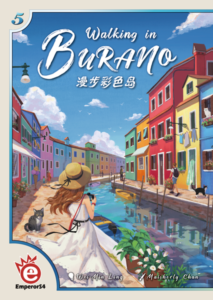
Sam says
Like the very popular Splendor, this is at heart a matter of gathering stuff in order to turn it into other stuff. I have two distinct reactions to it: subjectively it feels kind of themeless; a design of decision-making streamlined to the point where the story of what you are doing has been entirely shaved away in order to make the game as accessible as possible. Objectively, however, I admire that accessibility: it's very easy to learn and teach, moves fast, each turn feels productive, and there's definitely a challenge here in finding the cards that combine well... and it's all over in a half-hour or so. But whilst that means we can definitely recommend it for families, my personal preferences for shorter games err towards the luck-pushing, the silly, or the more bizarre. This design feels so smooth I applaud it. But there's not much laughter or interaction here, more a sense of optimization. And because of that, I think I prefer the rough edges on others.